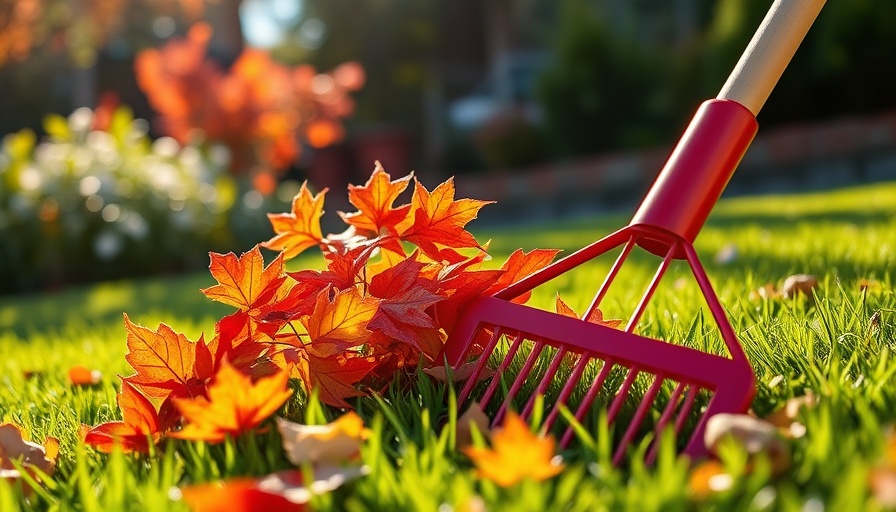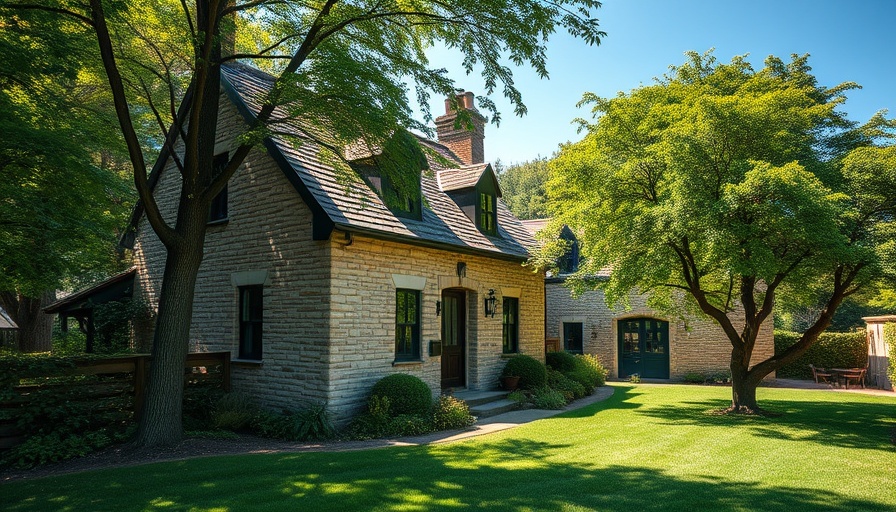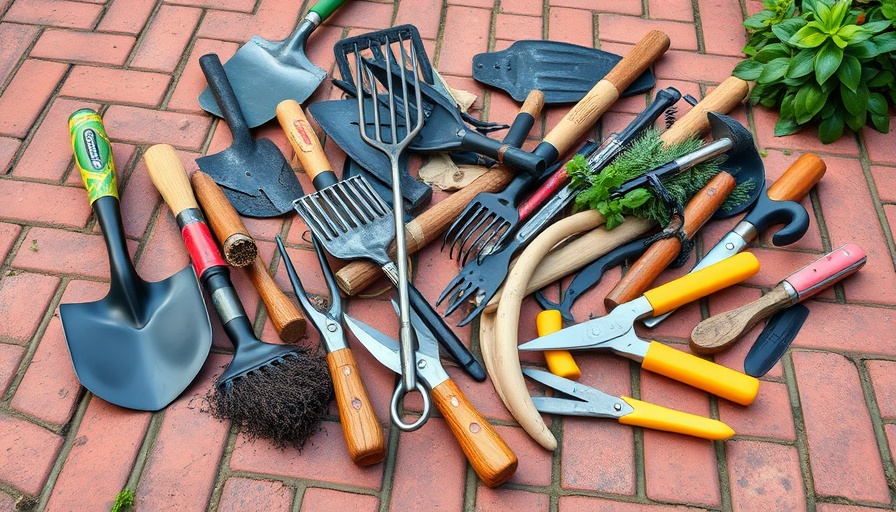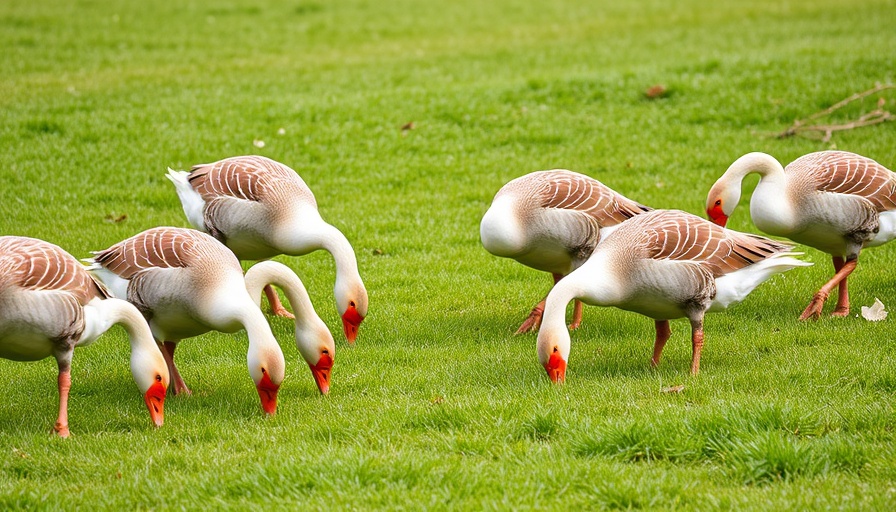
Why You Should Stop Raking Leaves This Fall
As the air turns crisp and the leaves begin to paint the landscape in warm hues, many homeowners face the daunting task of raking leaves. But what if I told you that this tedious chore may actually be doing more harm than good? More and more gardening experts are advocating for leaving your leaves where they lay. Not only will this approach save you time and energy, but it also brings substantial benefits to your lawn and the ecosystem.
History of Raking: A Tradition Worth Questioning
Raking leaves has been a common practice in American households since the mid-20th century, driven by the rise of the manicured lawn as a cultural ideal. This change originated when turfgrass became popular in suburban neighborhoods, where immaculate yards signified status and success. The obsession with a perfect lawn led to the widespread belief that dead leaves are an eyesore that must be banished at all costs. Yet recent perspectives challenge this long-standing tradition.
Health Risks Associated with Raking
Raking leaves is not just a mundane chore; it's a physically demanding task that can lead to a variety of health issues, from back strains to serious cardiac events. In fact, statistics show that thousands of homeowners experience injuries each year while engaging in this seemingly innocuous activity. Additionally, raking disturbs habitats vital to local ecosystems. Insects and other small creatures rely on leaf litter for shelter and food, emphasizing the need for balance rather than ruthless tidiness.
The Ecological Advantages of Leaving Leaves
When you skip raking, you might be surprised to discover that you are actually fostering a healthier lawn. Decomposed leaves act as natural fertilizers, enriching the soil with nutrients and organic material. This process not only aids your grass and plants but also increases biodiversity, providing shelter and food for various species. As Julie Dellinger from the Garden for Wildlife aptly puts it, “leaves are a critically important part of the ecosystem.” By embracing a more natural approach, homeowners can contribute positively to wildlife conservation.
When to Consider Raking
While it's beneficial to leave some leaf litter, it's essential to use discernment. If your yard is completely covered in leaves, consider clearing away a portion to prevent grass suffocation. Striking a balance is vital; you may opt for selective raking where necessary, ensuring your lawn breathes while still promoting ecological health.
Actionable Tips: How to Utilize Leaves Wisely
Instead of raking, homeowners can employ various techniques to harness the benefits of leaves. For example, consider using a mulching mower to chop leaves into smaller pieces. These can then be left to decompose on your lawn, serving as a natural fertilizer. Alternatively, create a compost pile or use leaves as mulch in garden beds to improve soil health and structure.
Future Trends in Lawn Care: Eco-Friendly Practices on the Rise
The traditional mindset of gardening is evolving as awareness grows about sustainable practices. More homeowners are realizing that a healthy lawn doesn't require an endless battle against nature. Embracing practices that work with natural processes rather than against them can lead to richer, more resilient landscapes.
If you’ve been dreading autumn leaf clean-up, remember: it’s okay to put down the rake! Allowing nature to take its course throws a lifeline to local wildlife and can benefit your lawn’s health significantly.
So next fall, think twice before reaching for your rake and consider the newfound freedom and advantages that come from embracing the leaves.
 Add Row
Add Row  Add
Add 



Write A Comment